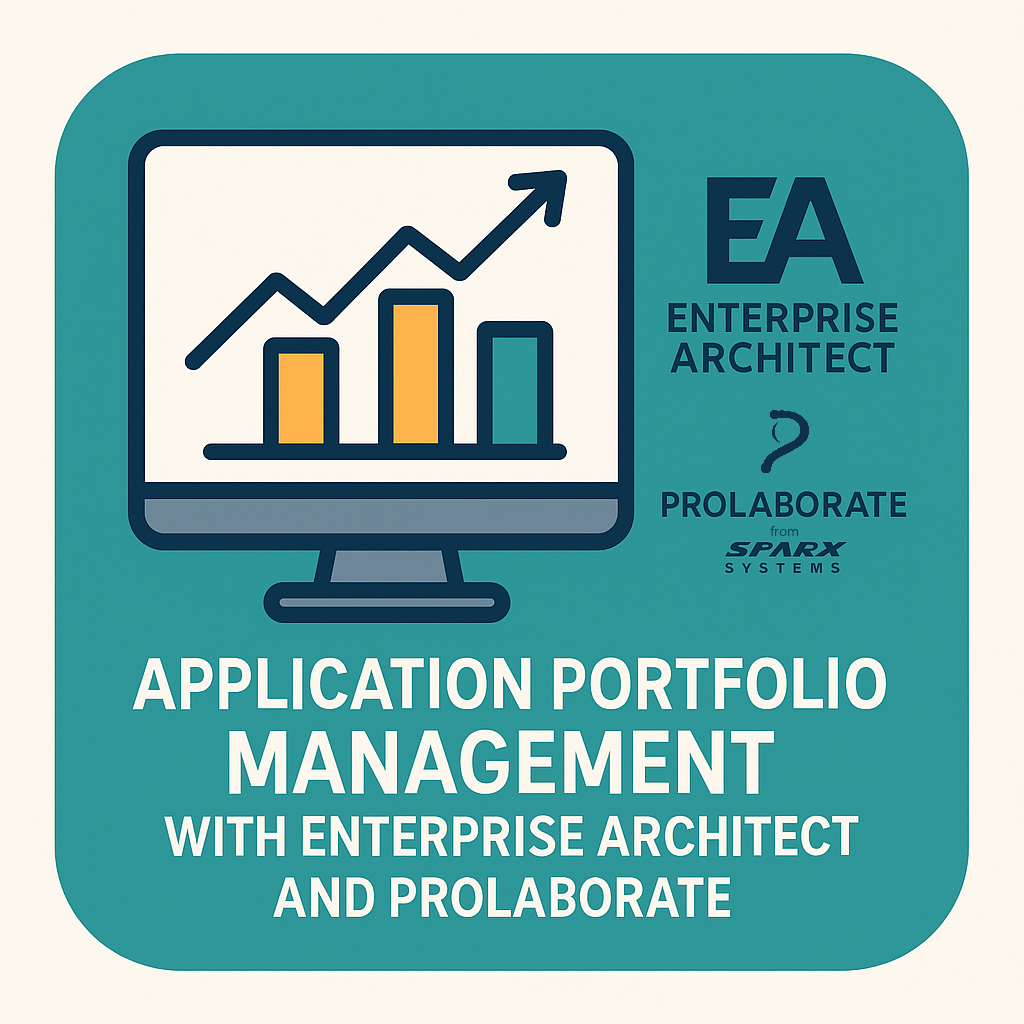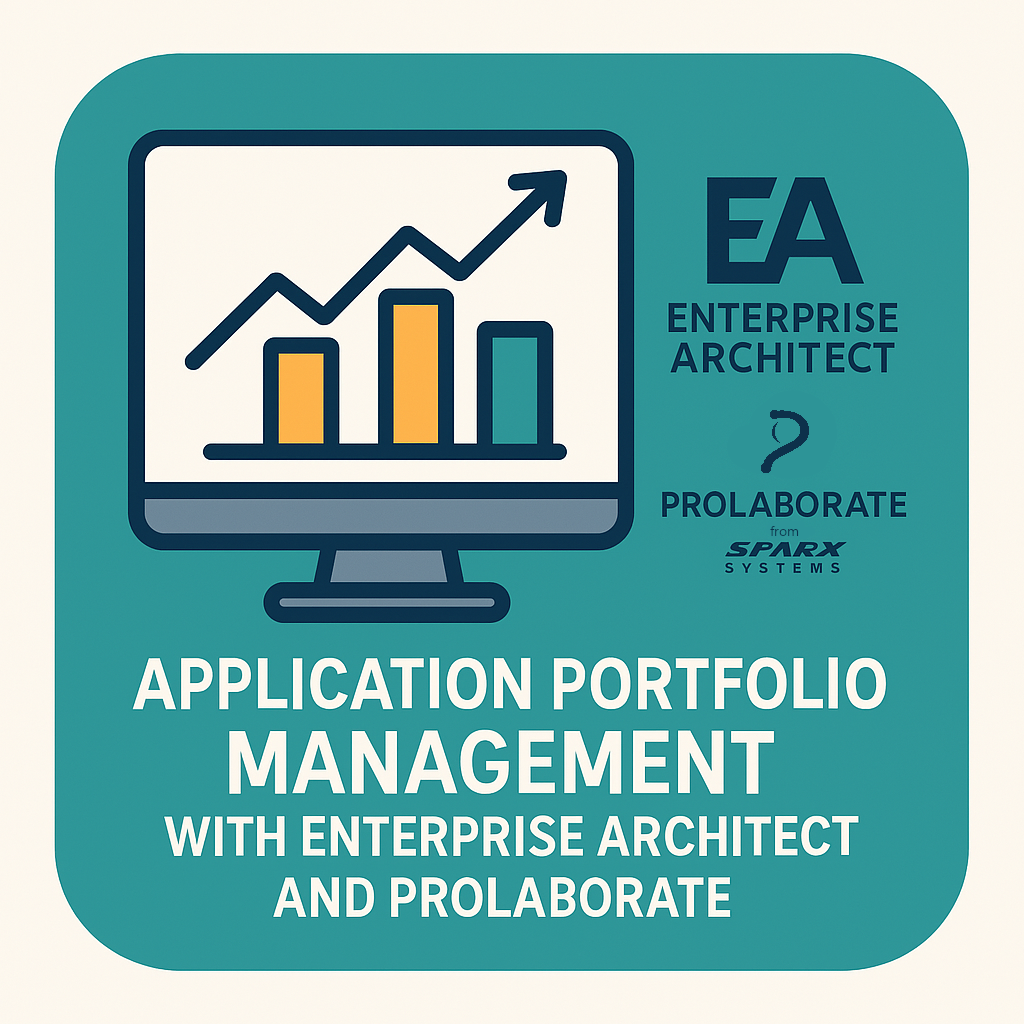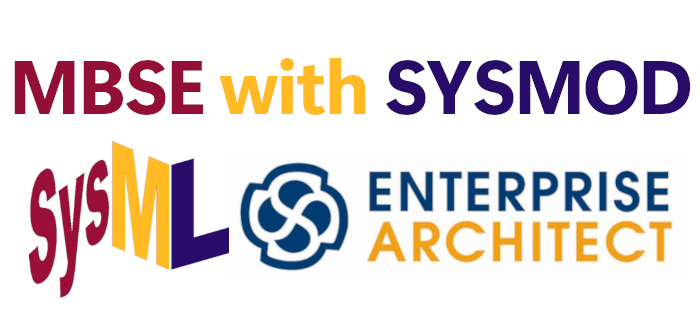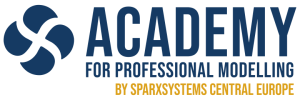
 |
The Application Portfolio Management is a solution with a comprehensive accelerator package that enables users to embark on their journey. Seamlessly dive into managing your application landscape using The Essential Architecture (TEA) Toolkit built based on industry best practices and insights requested by CXOs worldwide. With the help of the TEA Accelerator pack, architects can quickly begin modeling the data and present a comprehensive analysis of Application Management to stakeholders. |
The accelerator package involves the following:
- Well Standardized Metamodel
- Customized MDG Profiles
- Model Patterns
- Excel Spreadsheet
- Import Profiles
- Harvested Model
- Model Add-in (XML file)
- Prolaborate_APM Dashboard
Day 1: Introduction to Model-Based Systems Engineering and SPES 2020
1. Introduction to Model-Based Systems Engineering (MBSE)
- Overview of MBSE and its significance in Systems Engineering
- Goals and benefits of MBSE in industry
- Fundamentals and terminology of MBSE
2. The SPES 2020 Method – Background and Motivation
- History and development of the SPES methodology
- Core concepts and objectives of SPES 2020
- Differences between SPES 2020 and other MBSE approaches
3. Architecture Models and Levels according to SPES 2020
- Introduction to the various model levels:
- Requirements
- Functional architecture
- Logical architecture
- Technical architecture
- System environment
- Connections between the model levels
Day 2: SPES 2020 Architecture Models and Practical Exercises
1. Requirements Modeling
- Goals and structuring of the requirements level
- Modeling techniques and tools
- Exercise: Creating a requirements model for an example system
2. Functional Architecture
- Goals of functional architecture
- Decomposition and abstraction of functions
- Exercise: Developing a functional architecture
3. Logical Architecture
- Goals of logical architecture
- Mapping functional architecture to a logical structure
- Exercise: Creating a logical model
Day 3: Advanced Modeling and Integration of SPES Architecture Levels
1. Technical Architecture
- Goals of technical architecture
- Selection of technologies and resource management
- Exercise: Creating a technical model
2. Modeling the System Environment and Interactions
- Definition and modeling of system boundaries and environment
- Interfaces and external interactions
- Exercise: Modeling the system environment
3. Integration of Architecture Levels
- Methods and tools for model integration
- Consistency checks and assurance between levels
- Exercise: Integrating the developed models into a comprehensive model
Day 4: Validation, Verification, and Quality Management
1. Verification and Validation (V&V) in the SPES Approach
- Methods for V&V across different architecture levels
- Traceability of requirements in the SPES methodology
2. Quality Management and Documentation
- Techniques to ensure model quality
- Documentation and maintenance of architecture models
- Tools for quality assessment
3. Practical Exercise: Model Review and Quality Analysis
- Joint review of the example system
- Error analysis and potential improvements
Day 5: Advanced Topics and Closing
1. Integration into the Development Process
- SPES 2020 in the development lifecycle: requirements, development, operation
- Continuous integration and model maintenance
2. Introduction to Tools Supporting SPES 2020
- Overview of MBSE tools (e.g., Cameo Systems Modeler, Enterprise Architect)
- Demo and brief exercise with tools
3. Best Practices and Lessons Learned from Practice
- Challenges and solutions in implementing SPES 2020 in companies
- Best practices and case studies
4. Closing and Outlook
- Summary and open discussion
- Q&A, certification, and closing remarks

Model Bases Systems Engineering with the Systems Modelling Approach using the Modelling Tool Enterprise Architect
